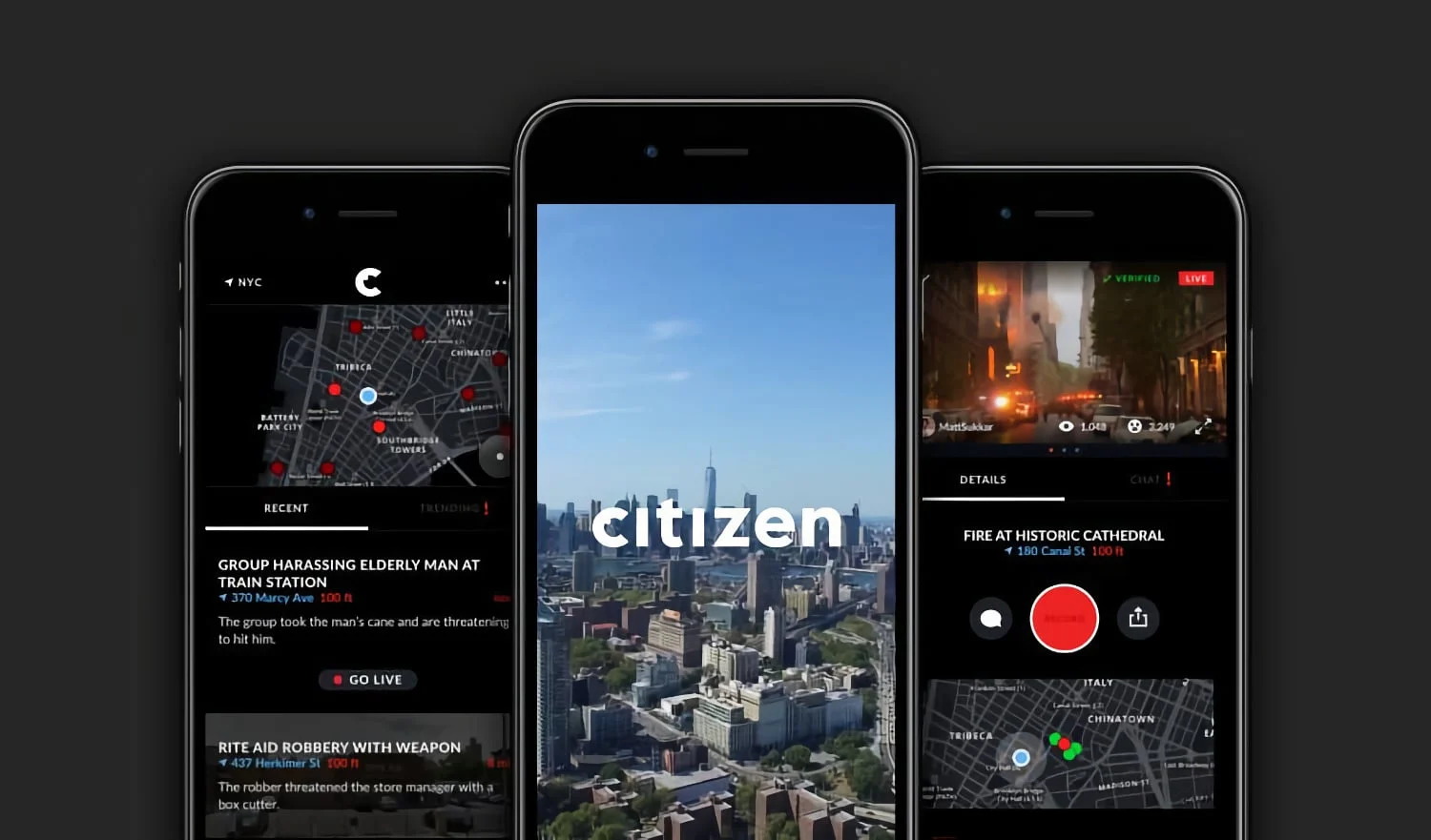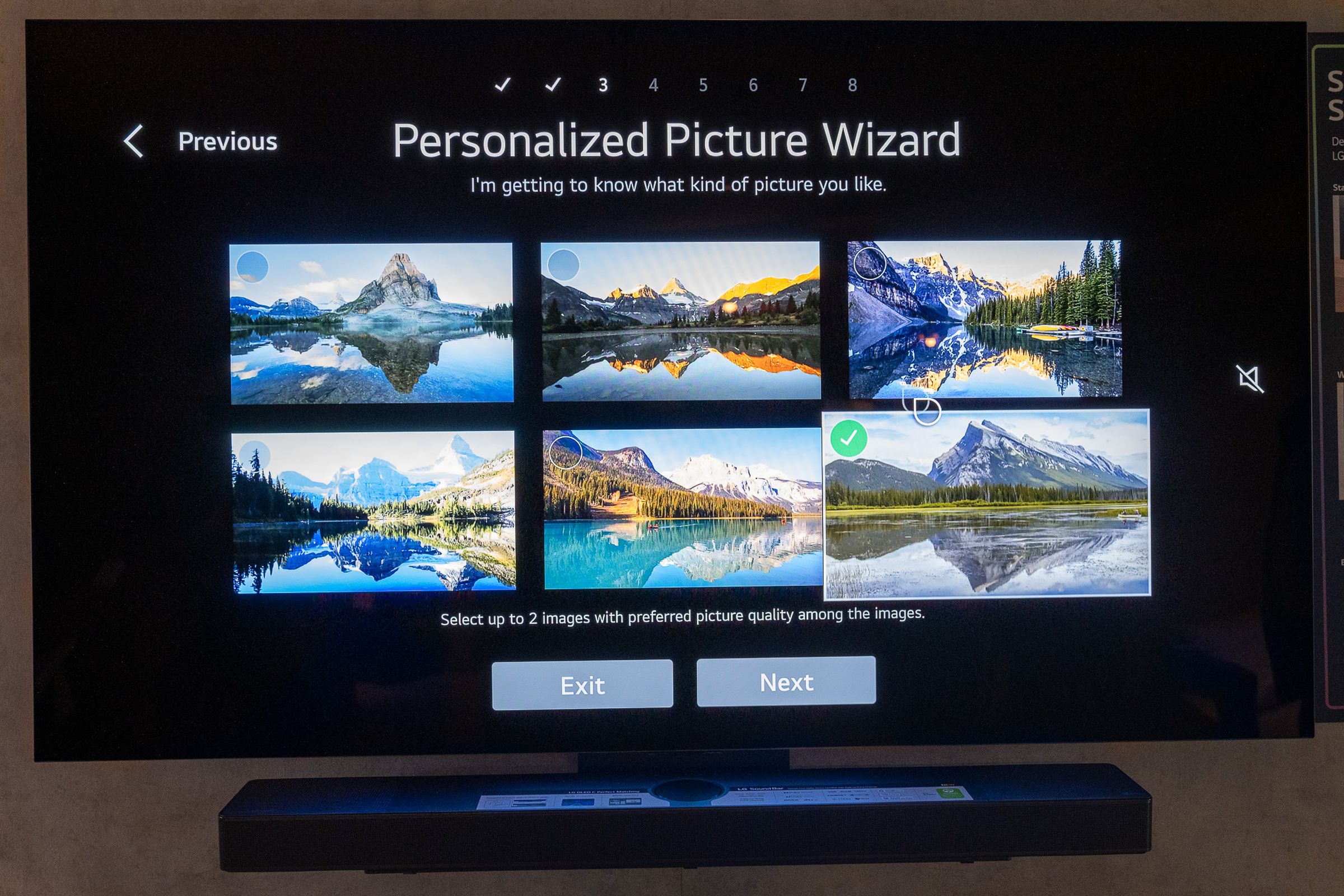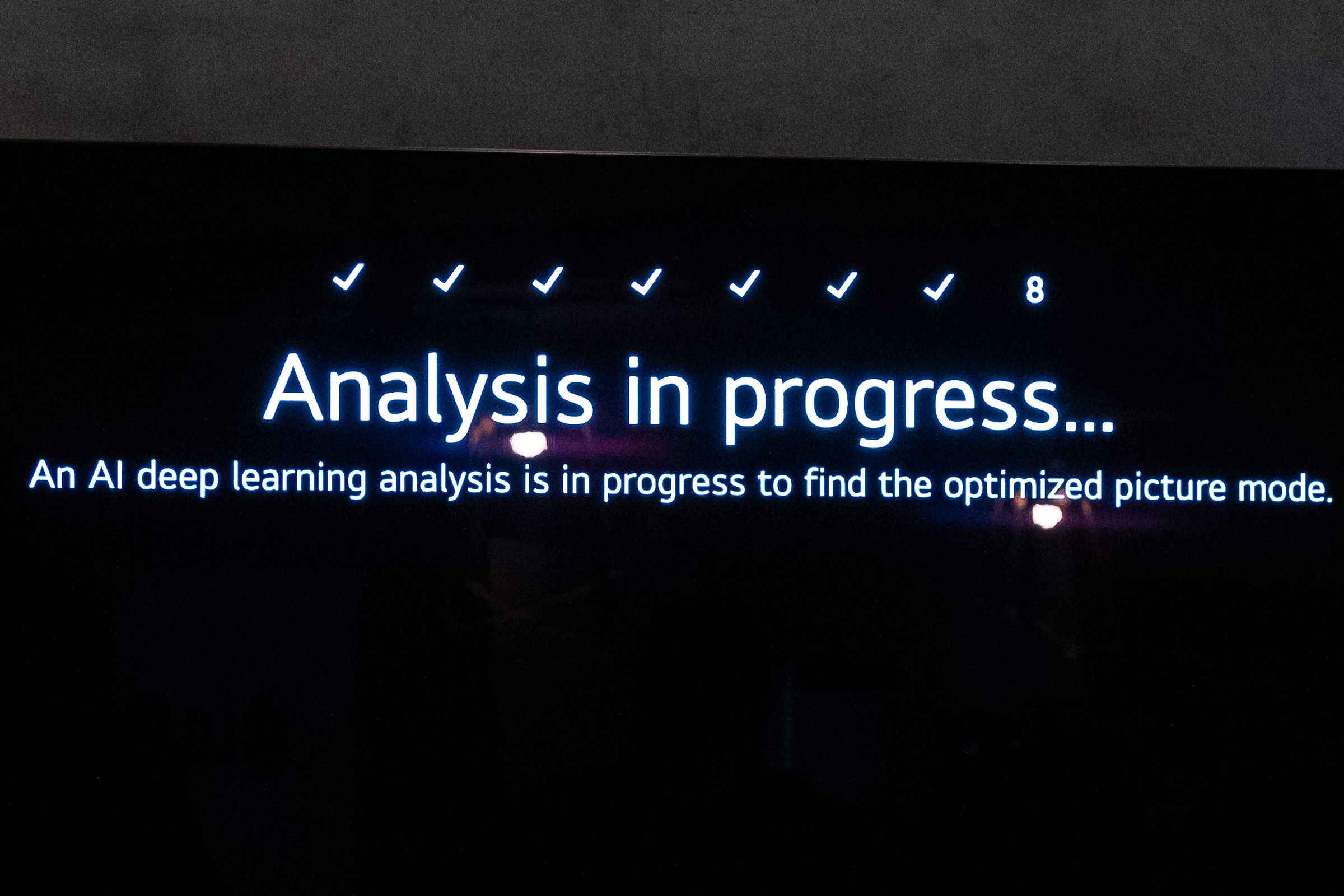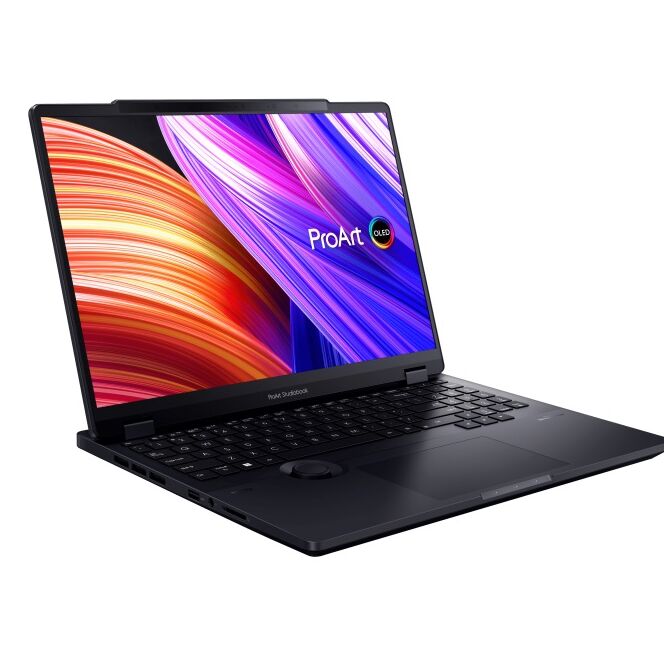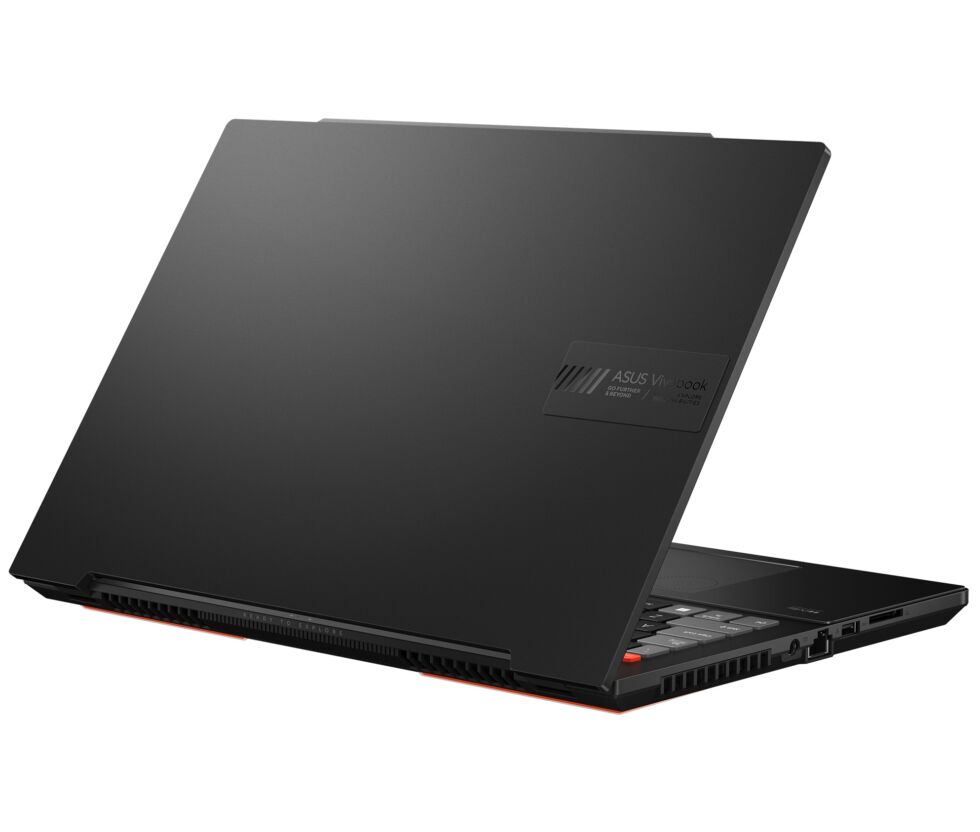On Thursday, Microsoft researchers announced a new text-to-speech AI model called VALL-E that can closely simulate a person’s voice when given a three-second audio sample. Once it learns a specific voice, VALL-E can synthesize audio of that person saying anything—and do it in a way that attempts to preserve the speaker’s emotional tone.
Its creators speculate that VALL-E could be used for high-quality text-to-speech applications, speech editing where a recording of a person could be edited and changed from a text transcript (making them say something they originally didn’t), and audio content creation when combined with other generative AI models like GPT-3.
Microsoft calls VALL-E a “neural codec language model,” and it builds off of a technology called EnCodec, which Meta announced in October 2022. Unlike other text-to-speech methods that typically synthesize speech by manipulating waveforms, VALL-E generates discrete audio codec codes from text and acoustic prompts. It basically analyzes how a person sounds, breaks that information into discrete components (called “tokens”) thanks to EnCodec, and uses training data to match what it “knows” about how that voice would sound if it spoke other phrases outside of the three-second sample. Or, as Microsoft puts it in the VALL-E paper:
To synthesize personalized speech (e.g., zero-shot TTS), VALL-E generates the corresponding acoustic tokens conditioned on the acoustic tokens of the 3-second enrolled recording and the phoneme prompt, which constrain the speaker and content information respectively. Finally, the generated acoustic tokens are used to synthesize the final waveform with the corresponding neural codec decoder.
Microsoft trained VALL-E’s speech-synthesis capabilities on an audio library, assembled by Meta, called LibriLight. It contains 60,000 hours of English language speech from more than 7,000 speakers, mostly pulled from LibriVox public domain audiobooks. For VALL-E to generate a good result, the voice in the three-second sample must closely match a voice in the training data.
On the VALL-E example website, Microsoft provides dozens of audio examples of the AI model in action. Among the samples, the “Speaker Prompt” is the three-second audio provided to VALL-E that it must imitate.
Source: Microsoft’s new AI can simulate anyone’s voice with 3 seconds of audio | Ars Technica
It’s fun, but it’s not quite there yet though





